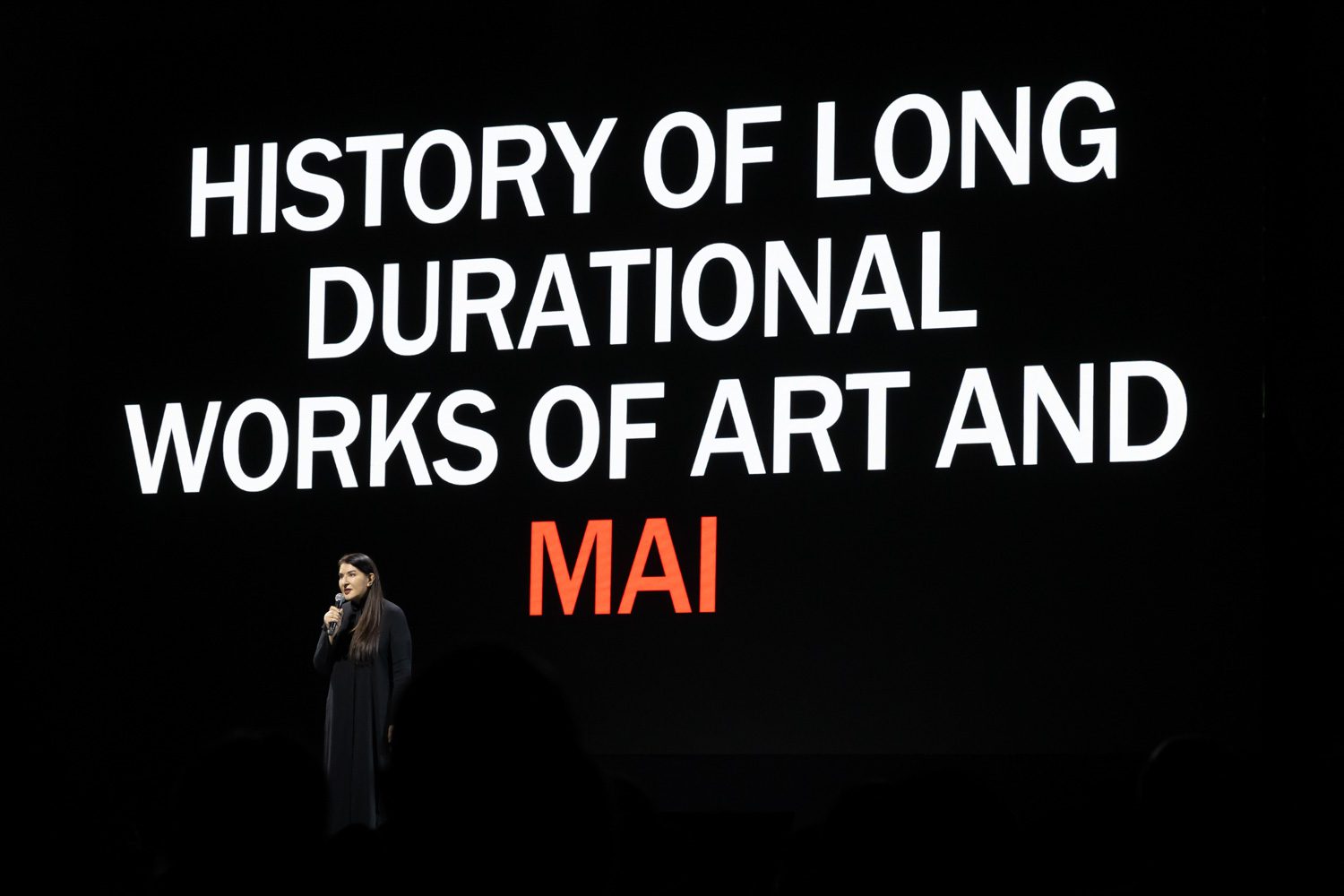
A LEGENDARY PERFORMANCE ARTIST, MARINA ABRAMOVIC, DOVES DEEP INTO THE INTENSE HISTORY OF HER CAREER IN PERFORMANCE ART WHICH MIGHT PROVIDE A DEEPER UNDERSTANDING OF WHAT PERFORMANCE ART TRULY IS IN HER RECENT LECTURE IN BANGKOK
TEXT: NAPAT CHARITBUTRA
PHOTO: KETSIREE WONGWAN
(For Thai, press here)
The return of Bangkok Art Biennale 2022 with the appearance of legendary performance artist Marina Abramovic, referred to by many as the “mother,” caused quite a phenomenon. On January 25th, 2023, art students, artists, and members of Thailand’s creative community filled up the entire ballroom at the Queen Sirikit National Convention Centre to listen to her lecture, making that particular day practically one of the most prominent days of Thailand’s contemporary art scene.
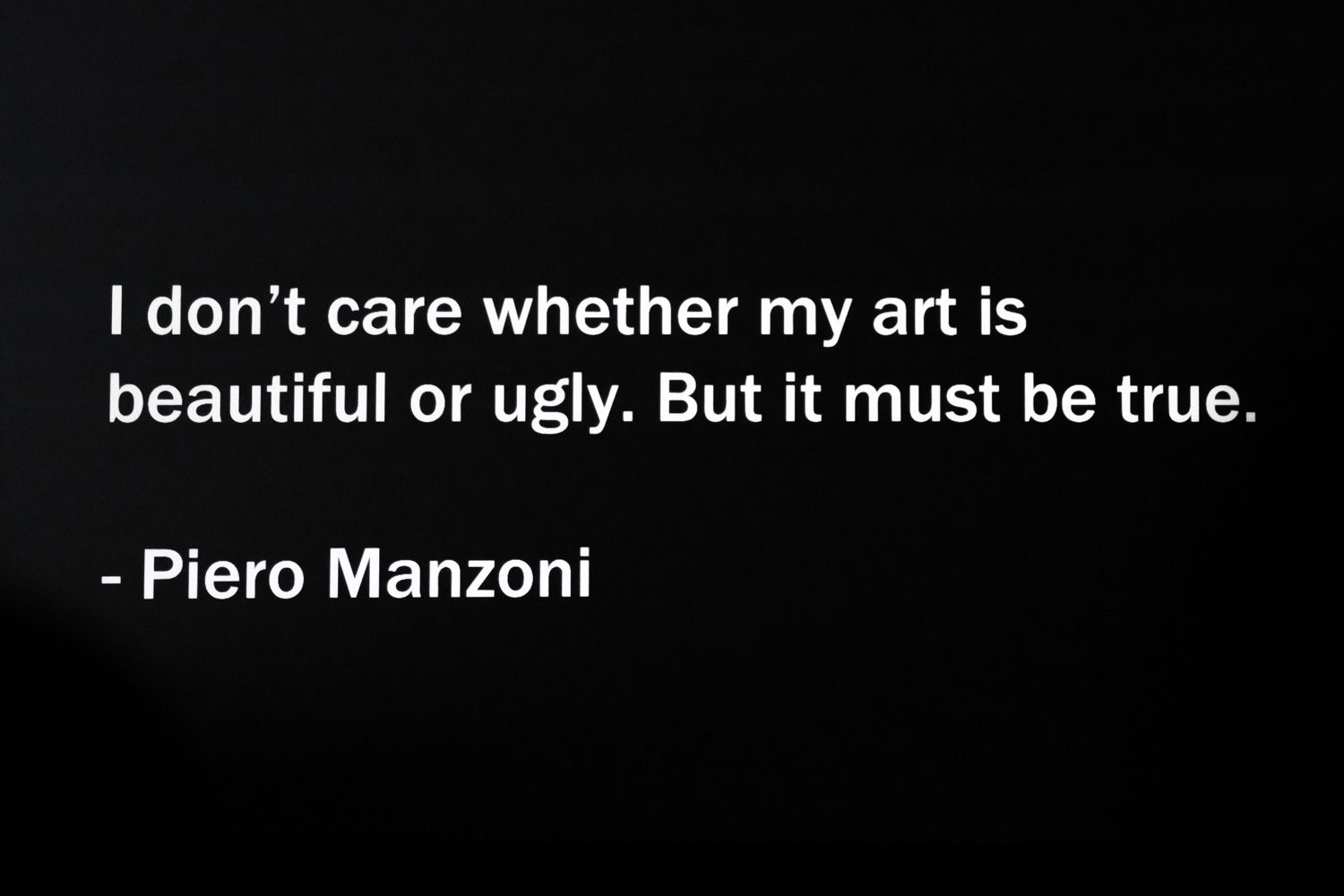
Marina began the lecture by expressing her love for Bangkok and the many reasons for her frequent visits, from how nice the people are to the food, the art scene, and so on. This most recent return, in early 2023, is more specific than that. For the next two hours of the lecture, Marina, along with her audience, dove deep into the intense history of her career in performance art.
Marina’s definition of long-duration work has a strong connection to “life.” “I don’t care whether my art is beautiful or ugly, but it must be true,” she says, quoting Piero Manzoni (the creator of the work “Artist’s Shit, 1961”). She emphasized on stage that art must express “truth,” and that aesthetics are only one component. Her first long-durational piece, “The Great Wall Walk” (1988), is very straightforward. She and Ulay started walking from the opposite end of the Great Wall of China, and it took them 90 days to meet at the route’s center to say goodbye.

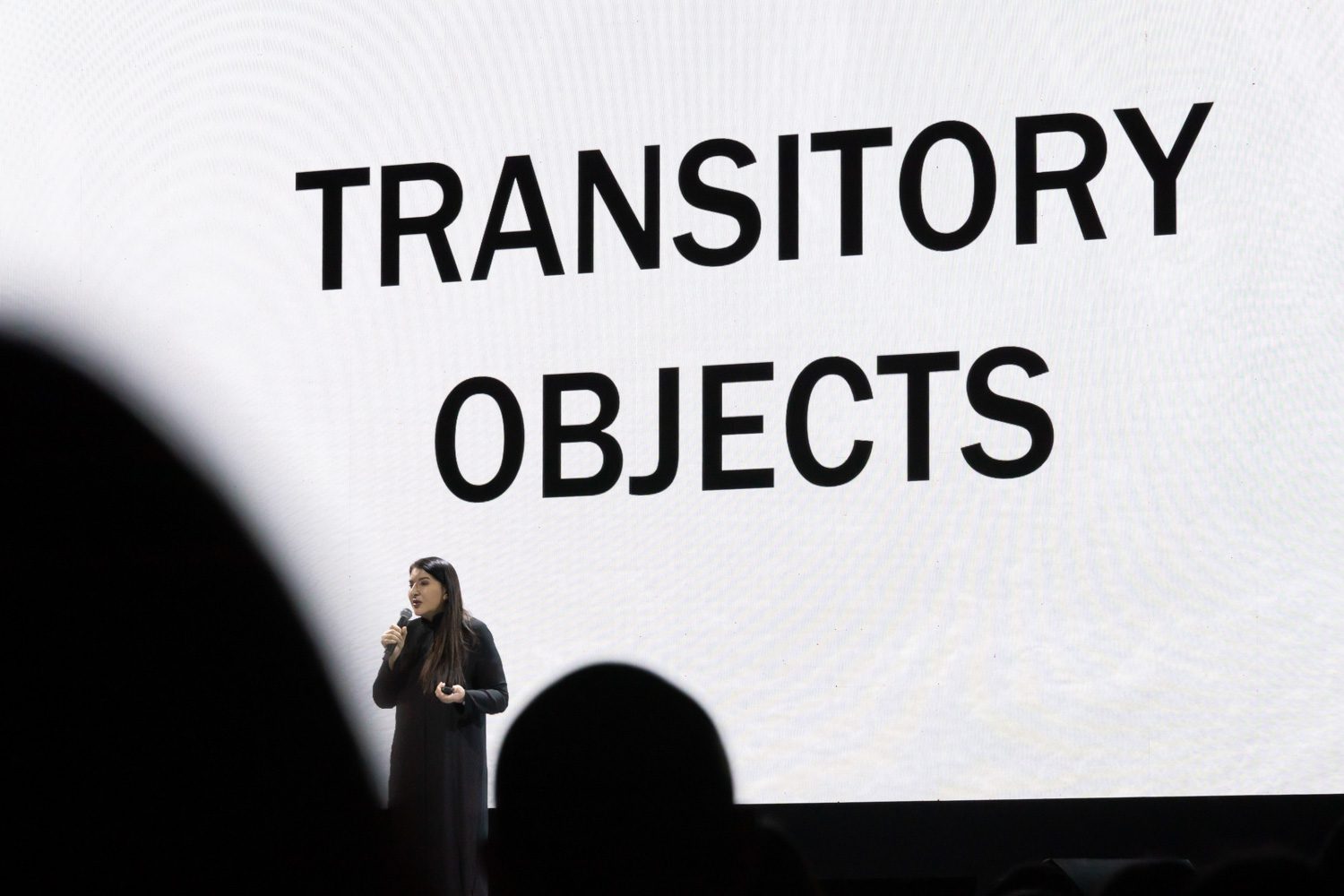
Many people remember “The Great Wall Walk” (1988) as the end of her love for and relationship with Ulay. However, it also marks the beginning of Marina Abramovic’s career as a solo artist. Another significant idea she gained from The Great Wall Walk was the question of how she could pass on the sensation she experienced right when her feet felt the heat and coldness emitting from the gravel during her walk on the Great Wall of China. It resulted in what she refers to as a “transitory object,” which has appeared repeatedly in her many installations since the 1980s. The most relevant to the Thai audience is probably her crystal installation at BAB Box in 2018, in which she invited viewers to place their foreheads on a block of crystal installed on a wooden column. The only way to find out how each viewer felt when their body came in contact with her work, however, is to ask those who had the opportunity to experience it.

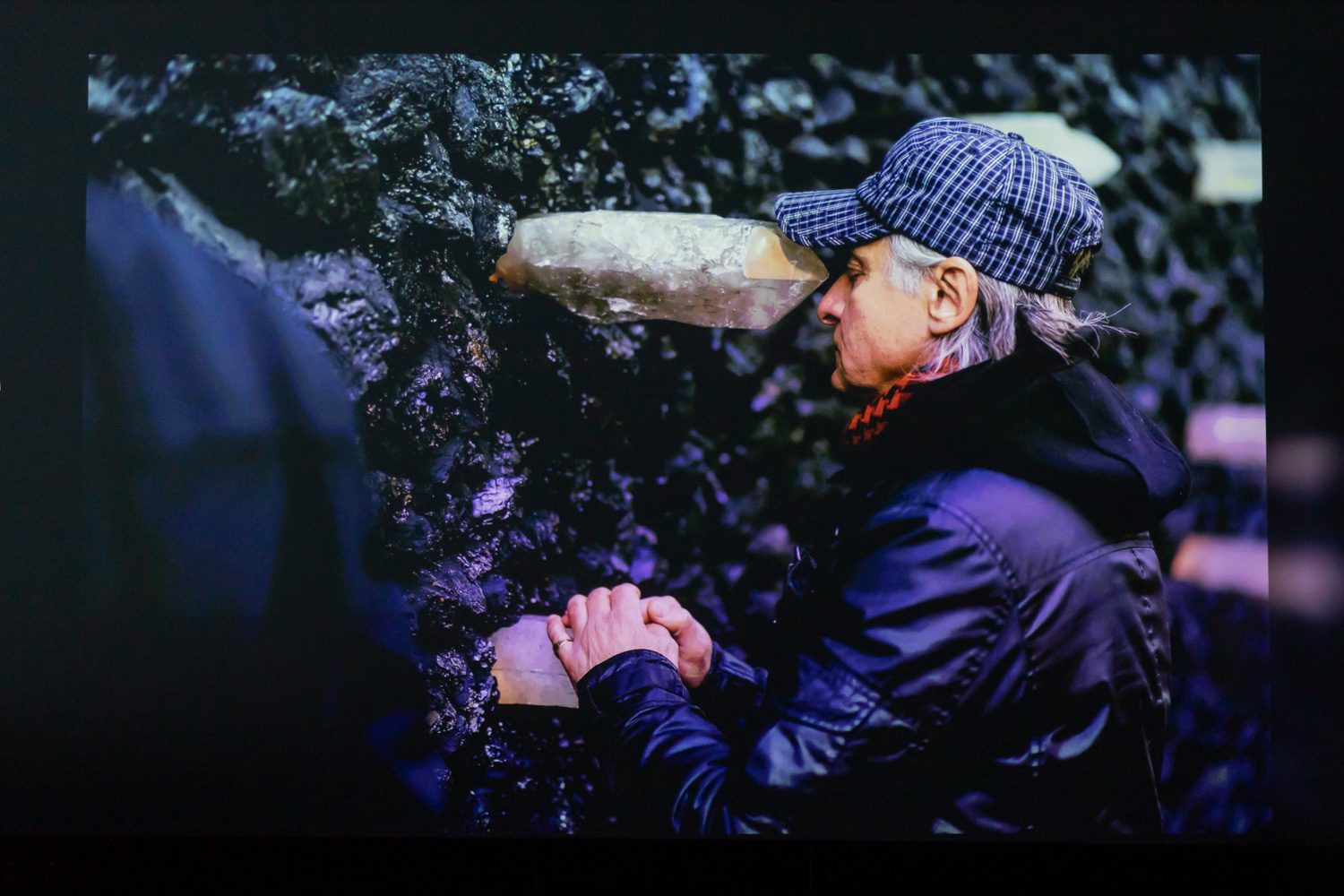

Marina spent a significant amount of time revisiting her long-duration projects, some of which lasted within the span of an hour while others were over a year long. She then proceeded to name Taiwanese artist Tehching Hsieh as one of her favorite artists.


Hsieh has only created six works in his life, each of which took over a year to complete. His “One Year Performance” projects range from the artist locking himself up in the studio for a year without watching television, reading books, or listening to the radio to him living outside for a year, and so on. While the concepts of his work appear to be simple, they all necessitate an enormous and unimaginable amount of mental and physical strength. It’s also worth noting that Marina recalls asking Tehching Hsieh, “What are your plans after finishing these six works?” and his response was simply “to live…”
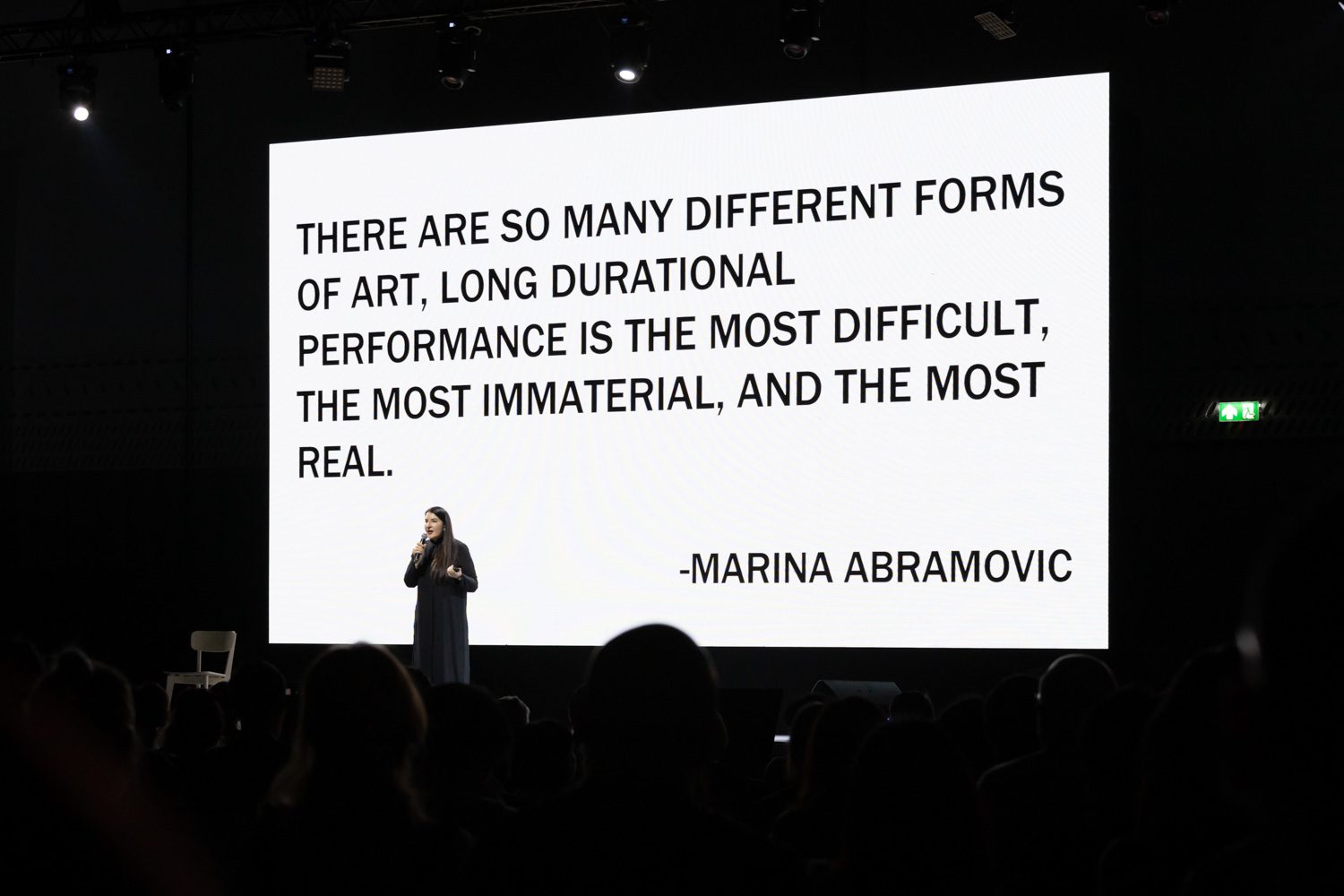
The answer certainly helps to tie up a lot of loose ends and leads me to something that allows me to finally truly understand what performance art is. The tension, the emotions and feelings (cold, hot, excited, terrified), the static movement of time, the interactions with the surrounding environment in every minute of every day and night until the end—all of these things change who an artist is, and what they have in the end isn’t just the roaring applause from the audience (as if they were famous athletes), but the lessons, sentiments, and new energy circulating as a part of who they are.
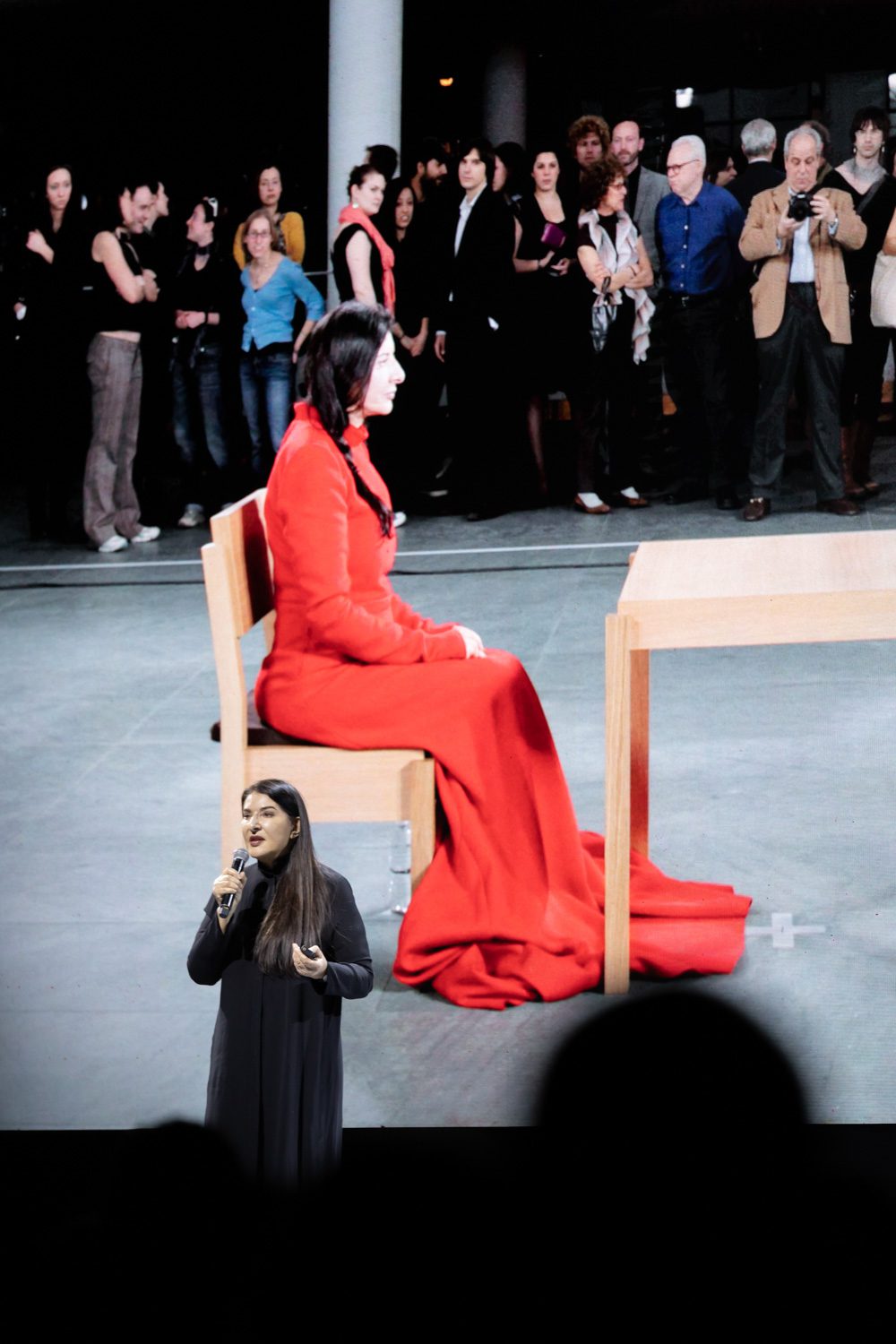
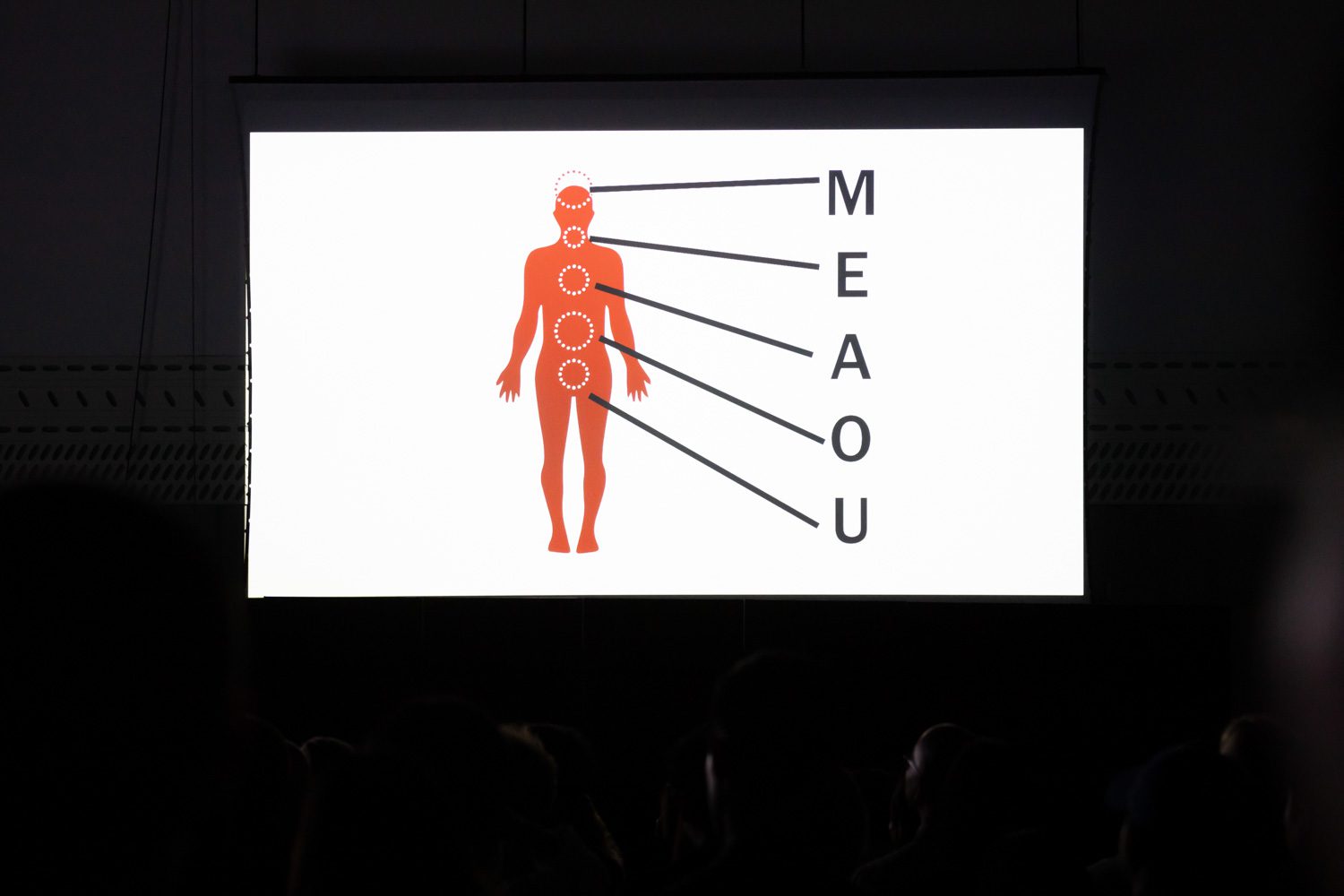
It may sound difficult to believe, but believe me when I say I could feel the energy she mentioned while sitting in the hall and talking with the audience. She was speaking as a human being ready to finally learn something from art, not as a world-renowned artist. Marina talked about MAI (the Marina Abramovic Institution) and its journey around the world as the lecture came to a close. Many participants in MAI did not anticipate the presence of the artist because MAI is more of a therapy in which one learns about oneself. The most fun part was when Marina asked everyone to try the Abramovic Method. This included the artist asking the audience to say the letters U O A E M from different parts of the abdomen, holding one’s breath, holding a mutual gaze with a willing partner, or releasing static electricity through a strand of hair. Prof. Dr. Apinan Poshyananda also showed an anger management technique on stage.

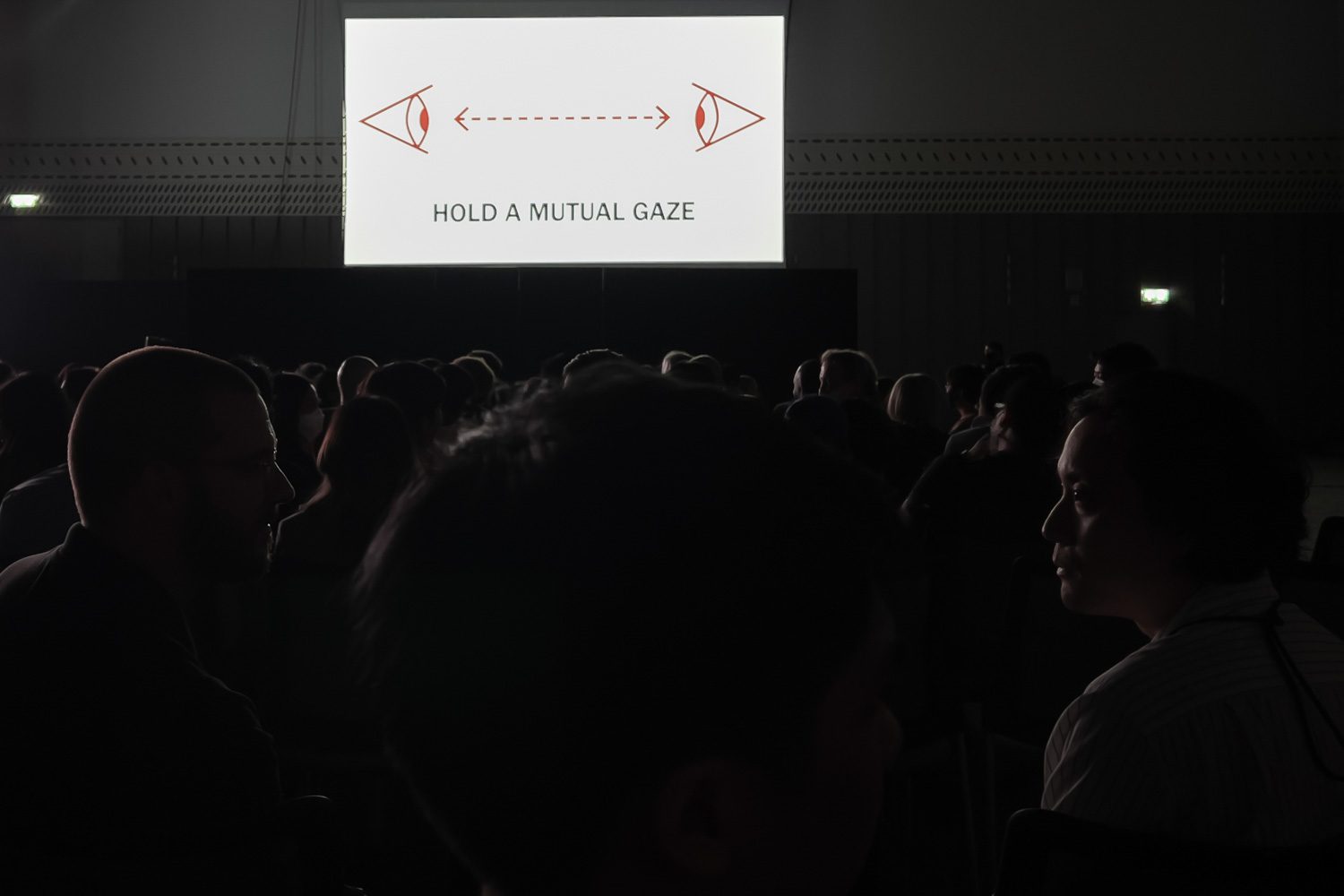
The lecture concluded with a Q&A session, as do most events of this sort. A microphone was set up so that interested audience members could line up and ask Marina their questions directly. Leaving aside the technical issues that made the experience less than ideal, one of the more interesting questions came from Panu Boonpipattanapong, who mentioned Thailand’s current wretched justice system and how the younger generation is using approaches and methods similar to performance art to send their messages to the corrupted government and whether Marina thought art could be used as a tool to fight injustice. Marina replied to the question by saying that she personally didn’t think that would be the case because people from her generation couldn’t change the world, but she truly hoped that the younger generation would be able to succeed in doing what the previous generations didn’t.
Marina Abramovic’s recorded session “History of Long Durational Work and MAI” is now available to watch at youtube.com/watch?v=gUTd3ulxvyU

